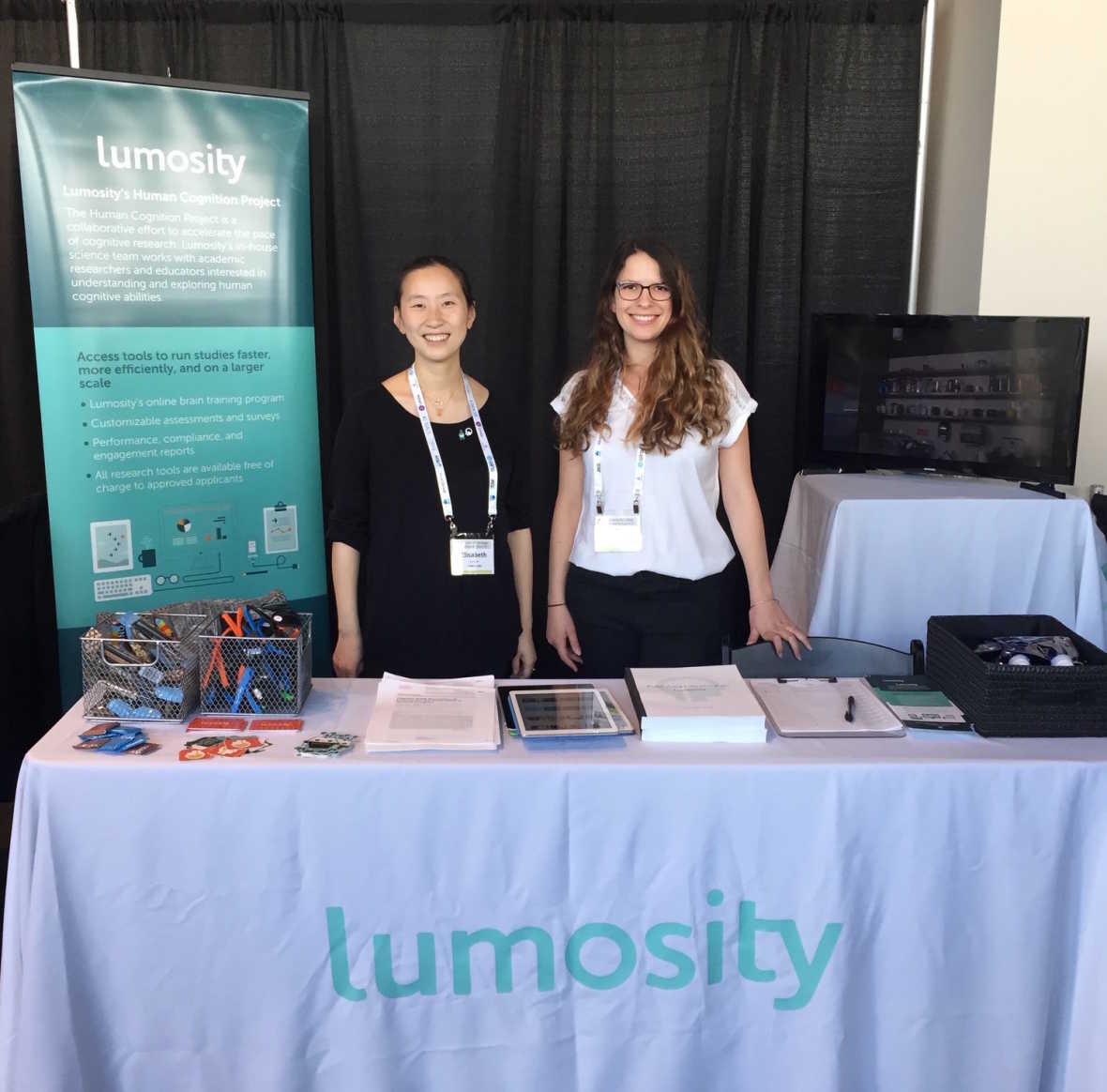
Meet Lumosity's Research Team
At Lumosity, we strive to give every aspect of your training experience a solid foundation in scientific principles. Whether we’re building a new game or designing a new feature, our development process starts with research, and the Lumosity Research team is integral to ensuring that research remains an essential ingredient in our work. But the Research team’s efforts aren’t limited to Lumosity products: they also conduct studies and analyses, work with research partners, and otherwise aim to deepen our understanding of cognition and cognitive training.
The Research team is headed by Bob Schafer, Ph.D. Bob joined Lumosity in 2015 after founding a company that sought to use neuroscience and predictive analytics to improve hiring decisions and team development. At Lumosity, he’s spearheaded initiatives to expand how the company thinks about the role of research and data in product development: for instance, he led development of our new Insights feature.
Bob oversees three teams under the Research umbrella: Applied Science, Clinical Science, and Data Science. The Applied Science team works with our Product teams, especially the Games team, to ensure that all Lumosity games and new features have a solid basis in research. You can read more about how the Applied Science team works with the Games team in our recent blog post, “The People Behind Your Favorite Lumosity Games.”
The Clinical Science team works with research partners through the Human Cognition Project (HCP). Founded in 2012, the HCP is a network of independent research collaborators studying a wide range of topics related to cognition. The Clinical Science team provides these partners with free access to a number of Lumosity research tools, including the Lumosity training platform, online assessments, and select anonymized data. The hope is that these tools will enable our research partners to conduct more efficient, large-scale, innovative studies that further our understanding of human cognition and cognitive training. With increased understanding, we believe the quality of our cognitive training products will improve, too.
Additionally, the Clinical Science team facilitates internal research efforts. For instance, in 2015, the team published a study that compared the effects of regular Lumosity training against regular crosswords playing in healthy adults. The study, “Enhancing Cognitive Abilities with Comprehensive Training: A Large, Online, Randomized, Active-Controlled Trial,” was published in PLOS One and you can learn more about how the team designed the study, what they found, and what questions remain in our blog post, “Investigating Cognitive Training: Lumosity’s ‘Crossword’ Study.”
The Data Science team analyzes and models data from Lumosity’s database of over 4 billion gameplays to guide product development and clinical research efforts. Our data scientists use a machine-learning model to help power our Insights feature, as well as improve product performance. The team also works closely with the Clinical Science team to gain a better understanding of our games, our players' behavior, and cognitive training in general, and by supporting HCP collaborators’ data needs.
The Research team frequently represents Lumosity at various conferences throughout the year, as well. Recently, the team attended the Experiential Technology Conference and Expo (XTech) in San Francisco. XTech focuses on the intersection of digital technology and neuroscience, bringing together leaders in the space to exchange ideas and share new learnings with the aim of achieving “improvements in human performance in fundamentally new ways.” Members of the Lumosity research team have attended XTech for 4 years, and this year was no different. At this year’s conference, the team shared updates on our research collaborations and upcoming product features with fellow attendees.
“Year after year, the XTech conference is an energizing experience for the team,” said Bob. “We’re privileged to be part of a large community of companies and research partners looking to advance neuroscience through new technologies, and we always come away from the conference inspired and motivated to keep working hard.”
